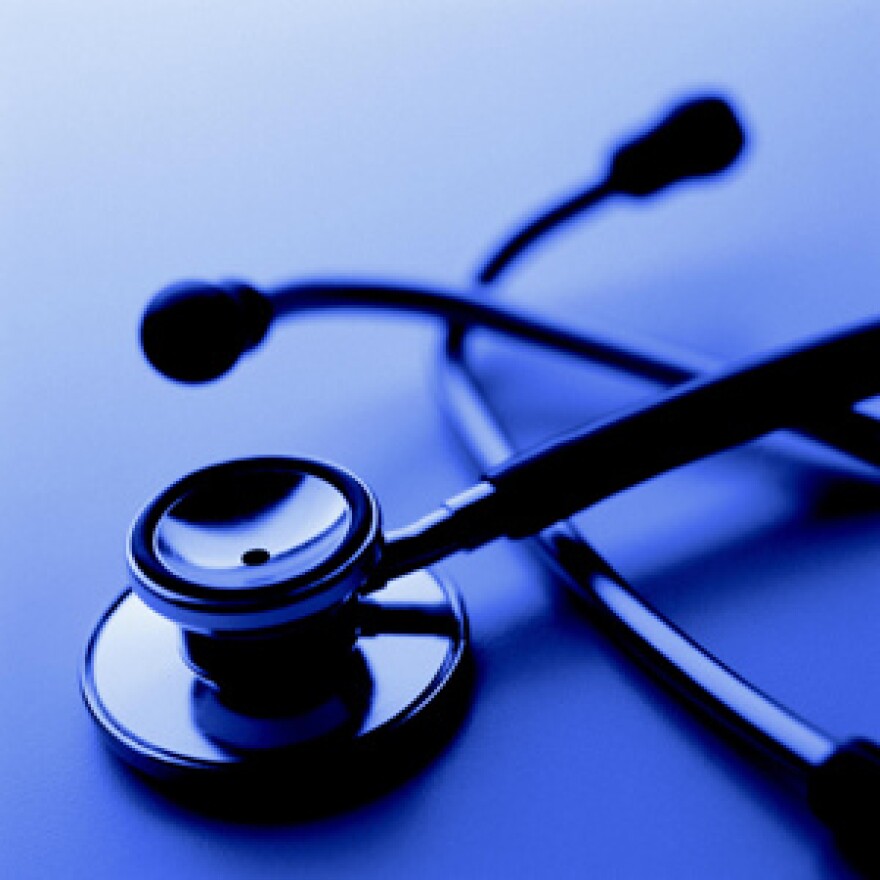A wealth of factors are leading to poorer health outcomes within Missouri’s LGBT community.
An August 2012 Missouri Foundation for Health report found these poor health outcomes are a result of differences in access to health care, an absence of medical settings that are affirming and free of discrimination, a scarcity of medical staff trained in LGBT health issues and social and economic systems that have not supported and protected minorities.
This report is the first in-depth work the MFH has done with the LGBT community. The report doesn’t include any indication of how many LGBT people there are in Missouri, but does cite figures for the United States.
The report cited a National Survey of Family Growth (2006-2008), which found 11 percent of adults nationwide reported experiencing same-sex attraction. Alternatively, it said 8.8 percent of adults reported same-sex behavior.
The report also mentioned a 2008 General Social Survey, which indicated 6.9 percent of adults reported same sex behavior.
MFH Spokeswoman Bev Pfeifer-Harms says it’s unfortunate it’s difficult to find a definitive answer on how many LGBT Missourians there are.
“I guess this points up the fact there’s not been enough attention paid to the LGBT population as a whole,” Pfeifer Harms wrote in an email. “At least we are starting to get a better understanding of this population by understanding some of the health equity issues they are facing.”
Pfeifer-Harms says finding specific numbers for how many lesbians, gays, bisexuals or transgendered Missourians there are is also difficult.
“There is a serious issue with underreporting who are members of each of the respective groups within the LGBT community,” Pfeifer-Harms wrote in an email.
Getting out in the community
Dustin Hampton, 28, works as an HIV Health Educator with the Columbia/Boone County Department of Health and Human Services. He often goes out into the community to offer free HIV and STD testing. In total, he covers a 33 county area that stretches form the Iowa-Illinois Border down through the Lake of the Ozarks.

Hampton says when people lack self-confidence, they’re more likely to engage in behaviors that put themselves at risk — such as using drugs or alcohol, or to not use condoms when having sex.
The MFH report notes that within the LGBT population, there are some groups where health disparities are even more pronounced. These sub-groups include anyone of a racial or ethnic-minority; anyone who lacks legal documentation or citizenship – or who lives in a rural community.
U.S. Census Bureau numbers show that Missouri’s population is more rural than average.
Growing up, Hampton often spent the summers and breaks working on his father’s farm. He grew up in a town of 8,000 people.
“Being from a rural area, I know that because I was actively hiding my sexual orientation, I didn't get the opportunities to engage in the beginnings of learning how to communicate in a relationship, the skills that most people learn as they date as a teenager,” Hampton wrote in an e-mail. “At the least, I was delayed in my acquisition of those skills, and I think it is a similar situation for many LGBT individuals from rural areas.”
More than a third of gay and lesbian young people have not disclosed their sexual orientation to their doctors, according to the MFH report.
Hampton says LGBT competent care providers could provide better care on issues more prevalent in the LGBT community. But more effective STD education is just one part of this.
“Much less, the higher incidents of smoking among gay men, suicidality among LGBT youth in general, alcohol use – all those things that complicate health,” Hampton says. “A lot of those things are brought on by low self confidence, low self esteem, or social pressures.”
Hampton says quality care for the LGBT population isn’t just about making people feel comfortable. It’s about giving people quality care.
“We have oncologists and cardiologists, and people that specialize in particular areas of the body,” Hampton says. “So the same way individuals would specialize in general medicine for communities, they can be more up to date, have more current knowledge about people and those specific health concerns for these communities.”
Hampton says for years there wasn’t any specialized education regarding LGBT health concerns. The extent to what schools now educate students on LGBT patient care is unknown, according to a 2011 Journal of the American Medical Association article.



